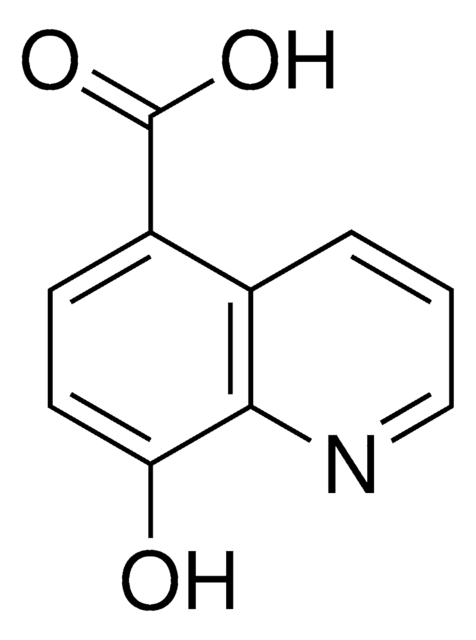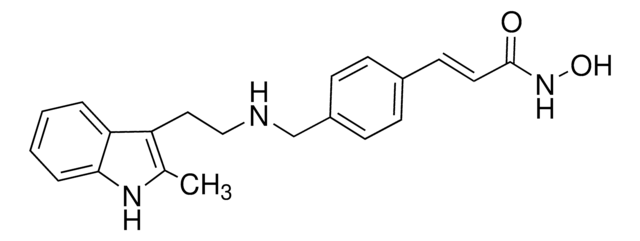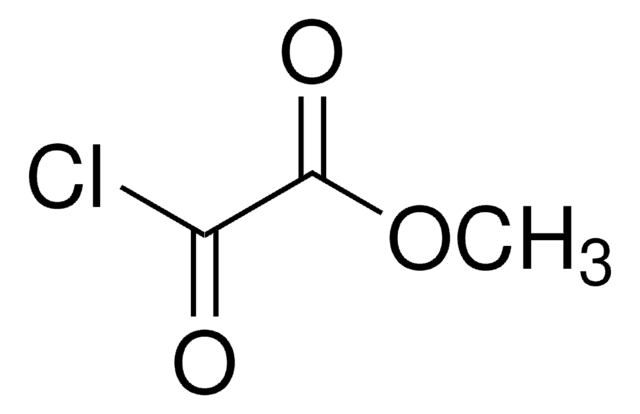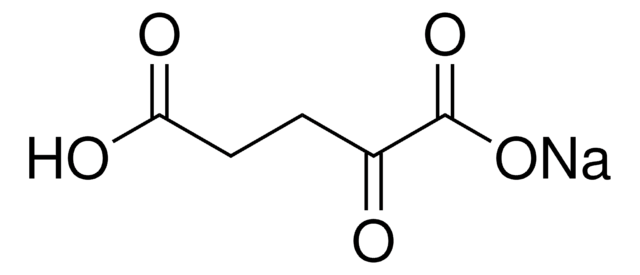About This Item
Recommended Products
Assay
≥98% (HPLC)
form
solid
storage condition
desiccated
solubility
deionized water: >10 mg/mL
storage temp.
2-8°C
SMILES string
OC(=O)CNC(=O)C(O)=O
InChI
1S/C4H5NO5/c6-2(7)1-5-3(8)4(9)10/h1H2,(H,5,8)(H,6,7)(H,9,10)
InChI key
BIMZLRFONYSTPT-UHFFFAOYSA-N
Biochem/physiol Actions
Features and Benefits
Signal Word
Warning
Hazard Statements
Precautionary Statements
Hazard Classifications
Acute Tox. 4 Oral
Storage Class Code
11 - Combustible Solids
WGK
WGK 3
Flash Point(F)
Not applicable
Flash Point(C)
Not applicable
Certificates of Analysis (COA)
Search for Certificates of Analysis (COA) by entering the products Lot/Batch Number. Lot and Batch Numbers can be found on a product’s label following the words ‘Lot’ or ‘Batch’.
Already Own This Product?
Find documentation for the products that you have recently purchased in the Document Library.
Customers Also Viewed
Articles
Glutamine is a common precursor for the biosynthesis of both glutamate and GABA. Glutamine can be transported in and out of neurons and astrocytes utilizing different glutamine carriers. The neurotransmitter glutamate can be synthesized from glutamine by the action of phosphate-activated glutaminase.
Epigenetic modifications are thought to occur through two key interconnected processes—DNA methylation and the covalent modification of histones.
Related Content
DISCOVER Bioactive Small Molecules for Neuroscience
We offer a variety of small molecule research tools, such as transcription factor modulators, inhibitors of chromatin modifying enzymes, and agonists/antagonists for target identification and validation in gene regulation research; a selection of these research tools is shown below.
Our team of scientists has experience in all areas of research including Life Science, Material Science, Chemical Synthesis, Chromatography, Analytical and many others.
Contact Technical Service











